- You are here:
- Home »
- Wine Pairings
Category Archives for Wine Pairings
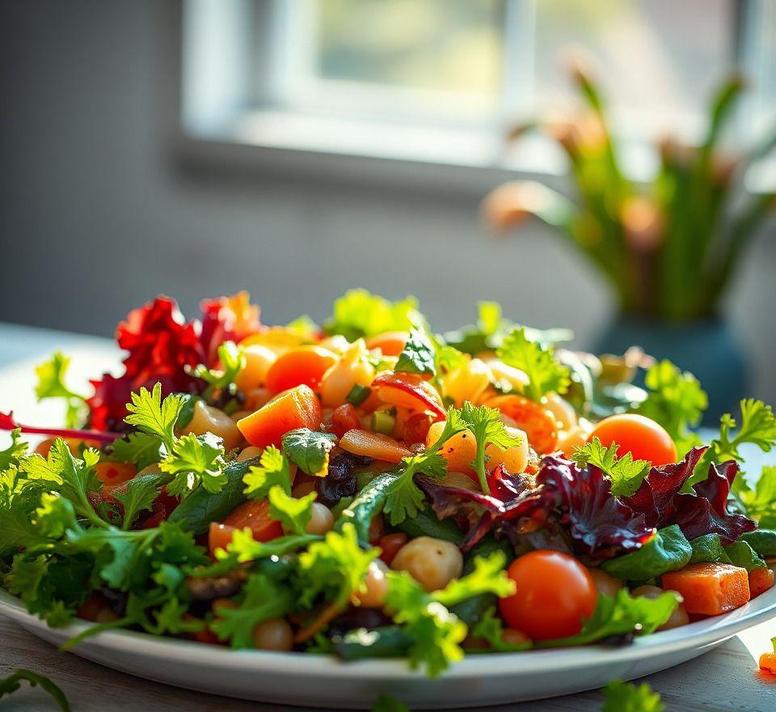
Wine For Salad [FULL GUIDE]
When it comes to elevating the humble salad from a side dish to a culinary delight, the right wine can make all the difference. The perfect pairing not only enhances the flavors of the salad but also complements its textures and ingredients, creating a harmonious balance on the palate. This guide aims to demystify the […]
Continue reading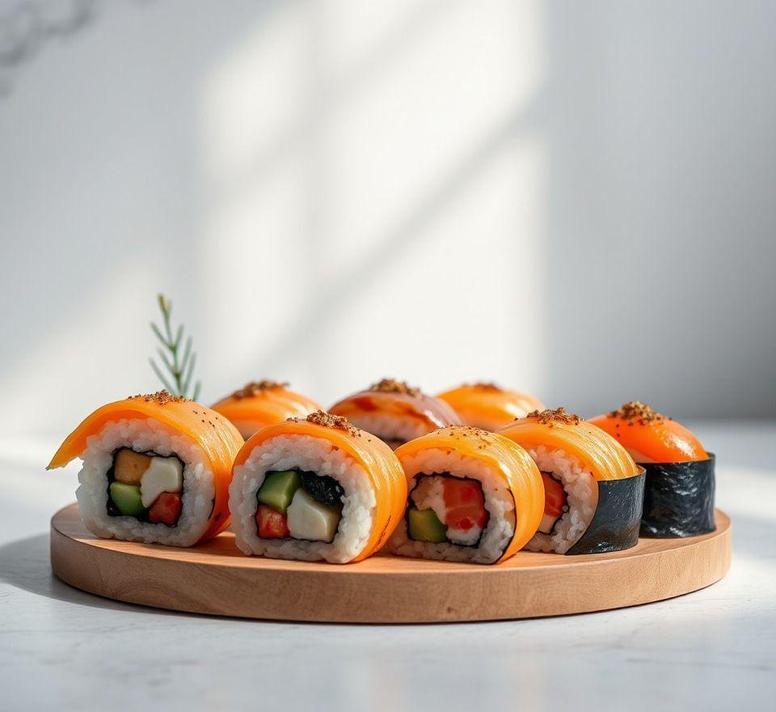
Wine For Sushi [FULL GUIDE]
Pairing wine with sushi might seem like an unconventional choice, but it’s a culinary adventure worth exploring. While traditional sushi is often paired with sake or Japanese beer, wine can offer a delightful and sophisticated twist. The key to a successful pairing lies in understanding the delicate balance of flavors in sushi and selecting wines […]
Continue reading
Wine For Appetizers [FULL GUIDE]
When it comes to setting the stage for a memorable meal, the right wine can make all the difference, especially when paired with appetizers. The art of selecting a wine that complements starters is an essential skill for any host or home chef looking to impress their guests. Whether you’re serving a platter of artisan […]
Continue reading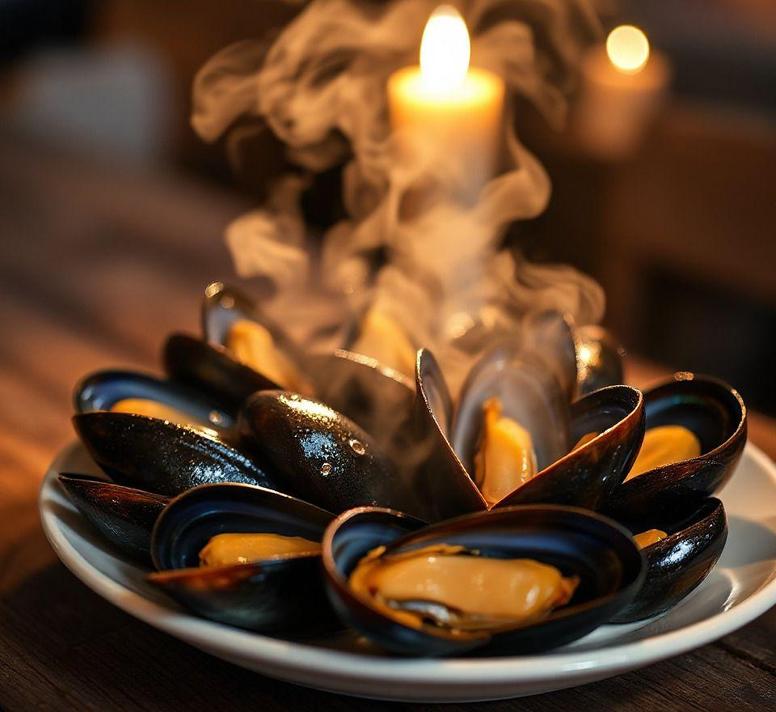
Wine For Mussels [FULL GUIDE]
Pairing wine with mussels can elevate a simple seafood dish into a gastronomic delight. Mussels, with their delicate yet briny flavor, call for a wine that can complement their taste without overpowering it. Whether you’re a seasoned chef or a home cook aiming to impress, understanding the nuances of wine selection for mussels can make […]
Continue reading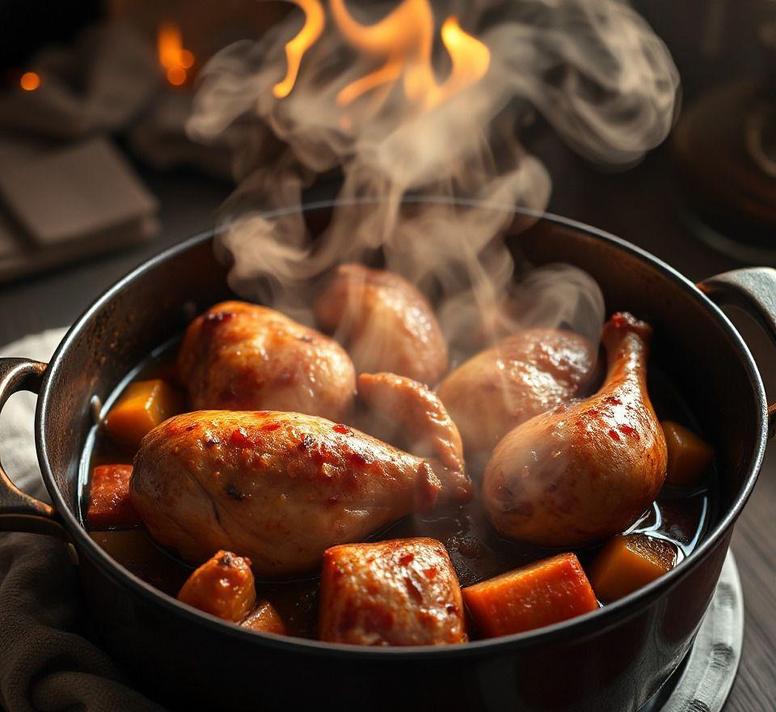
Wine For Coq Au Vin [FULL GUIDE]
When it comes to pairing wine with coq au vin, finding the perfect bottle to complement this classic French dish can elevate your dining experience to new heights. Coq au vin, a rich and savory dish featuring chicken braised in red wine, mushrooms, onions, and bacon, demands a wine that harmonizes with its complex flavors. […]
Continue reading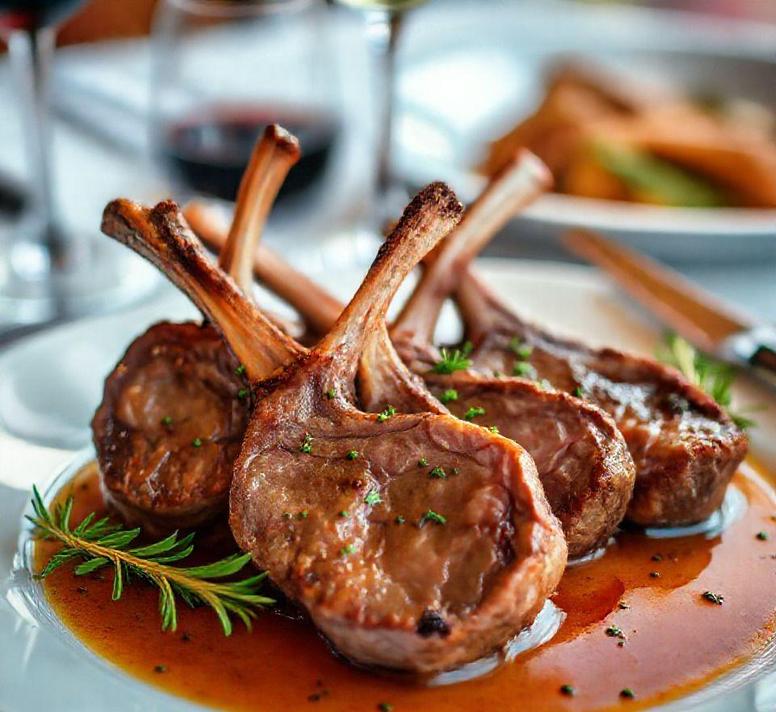
Wine For Lamb Chops [FULL GUIDE]
When it comes to pairing wine with lamb chops, the right choice can elevate a simple meal into an extraordinary dining experience. The rich, succulent flavors of lamb chops, often seasoned with aromatic herbs and spices, demand a wine that can complement and enhance these bold tastes. In this guide, we’ll explore how to match […]
Continue reading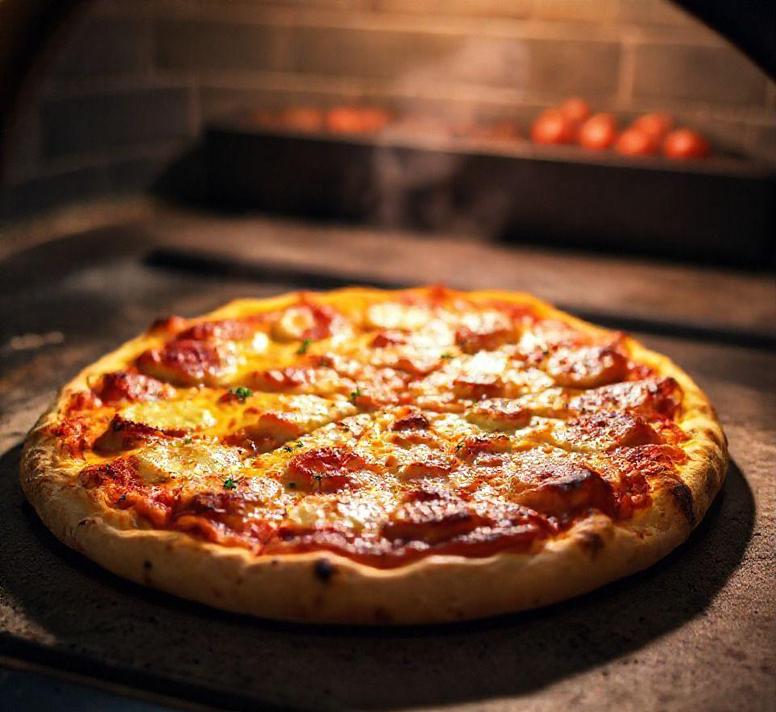
Wine For Pizza [FULL GUIDE]
Pairing wine with pizza might seem like a straightforward task, but the nuances of flavor combinations can elevate a simple meal into a gourmet experience. With countless varieties of pizza and an equally diverse selection of wines, finding the perfect match requires understanding both the characteristics of the wine and the flavors in your pizza. […]
Continue reading
Wine For Dessert [FULL GUIDE]
Wine has long been celebrated as a versatile companion to a wide array of dishes, but its role in complementing desserts often remains underexplored. For many, the thought of pairing wine with dessert might seem unconventional, yet it presents a delightful opportunity to enhance the sweetness and complexity of a meal’s final course. This guide […]
Continue reading
Wine For Chocolate [FULL GUIDE]
When it comes to pairing wine with chocolate, the interplay between the rich, complex flavors of each can elevate both to new heights. This guide delves into the art of matching these two indulgent treats, offering insights into how the characteristics of various wines can complement the diverse profiles of chocolates. Whether you’re savoring a […]
Continue reading
Wine For Oysters [FULL GUIDE]
Pairing wine with oysters can elevate this quintessential seafood experience to new heights, transforming a simple meal into a celebration of flavors. With their briny, oceanic notes and delicate texture, oysters demand a wine that complements their unique profile without overshadowing it. This guide delves into the nuances of selecting the perfect wine to accompany […]
Continue reading